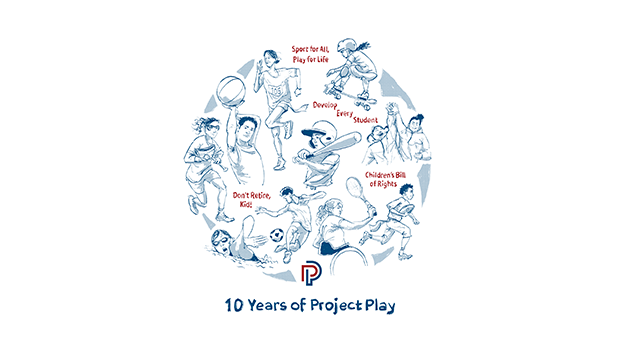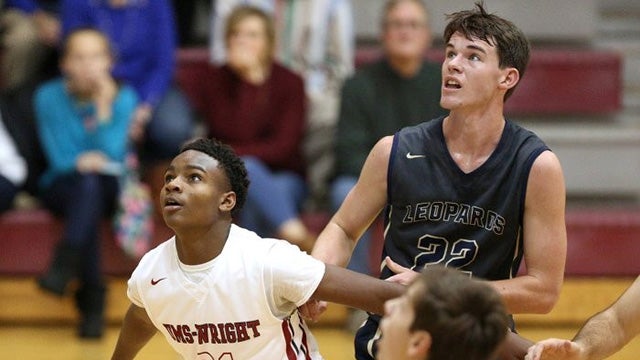You may have noticed the front page headline earlier this month, that analysts now forecast that 42 percent of Americans could be obese by 2030 (up from 36 percent in 2010) and that 11 percent could be severely obese (up from 6 percent). The medical costs alone of obesity are extraordinary, with $147 billion spent per year at current levels.
What role does the institution of sports play in addressing this national epidemic? This is a central question that we are building conversations around with the Aspen Institute’s Sports & Society Program, the mission of which is to convene leaders, facilitate dialogue, and inspire solutions that help sports serve the public interest – with an initial topic focus on how more opportunities for physical activity for children and adults can be created through sports.
On May 31, the program will host a dialogue at the Aspen Institute in Washington, DC about lowering the barriers to participation in sports for the most underserved population—girls from disadvantaged communities and homes. More than four out of ten African-American girls, for instance, do get even one hour of physical activity a week (the federal government recommends one hour per day). Helping more girls fall in love with sports and develop health and fitness patterns for life is critical to the future of the nation.
The half-day symposium — Title IX and Beyond: How Do We Get the Rest of Our Girls in the Game? — will bring together some of the brightest minds in sport and policy circles in an effort to find solutions. Details about the event can be found here, including instructions on how to register to attend, and how to participate in the companion online discussion.
The conversation on wellness through sports will continue at the Aspen Ideas Festival in Aspen, Colo., where from June 27-30, the Ideas Festival will host its inaugural sports track. Featured speakers include ESPN President John Skipper, Oregon State basketball coach Craig Robinson, and writer Taylor Branch, and topics will include the concussion crisis in football, college sports at a crossroads, and the role of the Olympic movement in the US. At the Aspen Institute Children’s Forum in Aspen from July 22-24, when 350 philanthropists and leaders in pediatric medicine will be asked to imagine a world in which the needs of children were put first, I will moderate a panel on the risks and benefits of playing youth sports.
Other Sports & Society programming will follow, most notably a multi-day summit at the Aspen Meadows resort in April 2013 that will present the chance for 60-70 key stakeholders to identify opportunities to work together to get and keep more children active in sports. Invited guests to the Sport for All, Play for Life Summit will include leaders from multiple sectors, including sports, media, policy, academia, and medicine. The Institute has received a generous grant from the Robert Wood Johnson Foundation, the nation’s largest foundation focused on health and health care, to underwrite the event.
Sports as a civic institution no longer sits on the periphery of American life, as a mere diversion. Today, it both reflects and shapes our culture and values. The Sports and Society Program serves a venue for thoughtful, focused dialogue among leaders, athletes, and others who believe in the power of sports. For us, the first and most pressing question is: Who gets access to these games?
Please share your thoughts as we facilitate perhaps the most important conversation in sports. Send us an email at sportsandsociety@aspeninstitute.org, and follow developments through my Twitter handle @TomFarrey.


